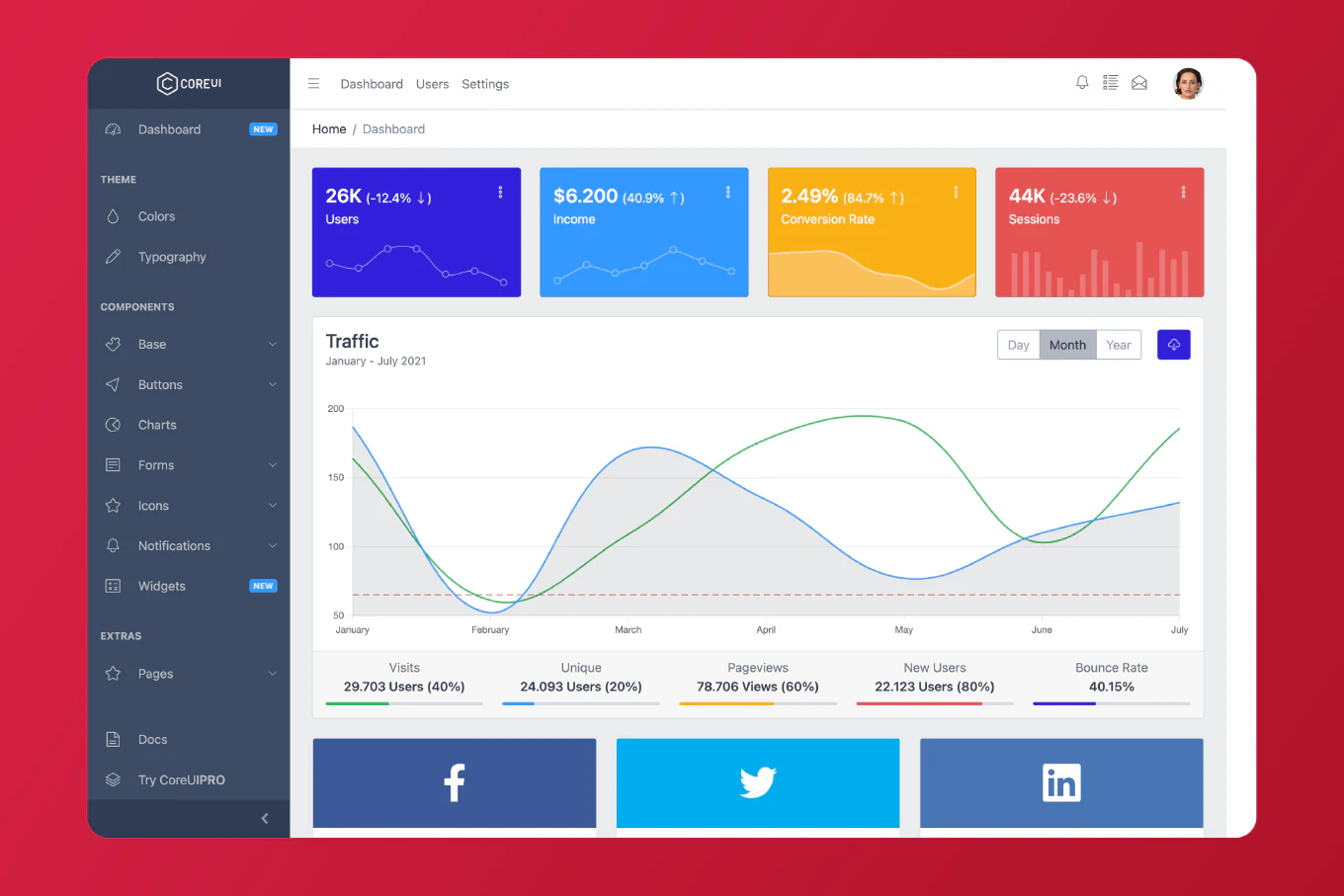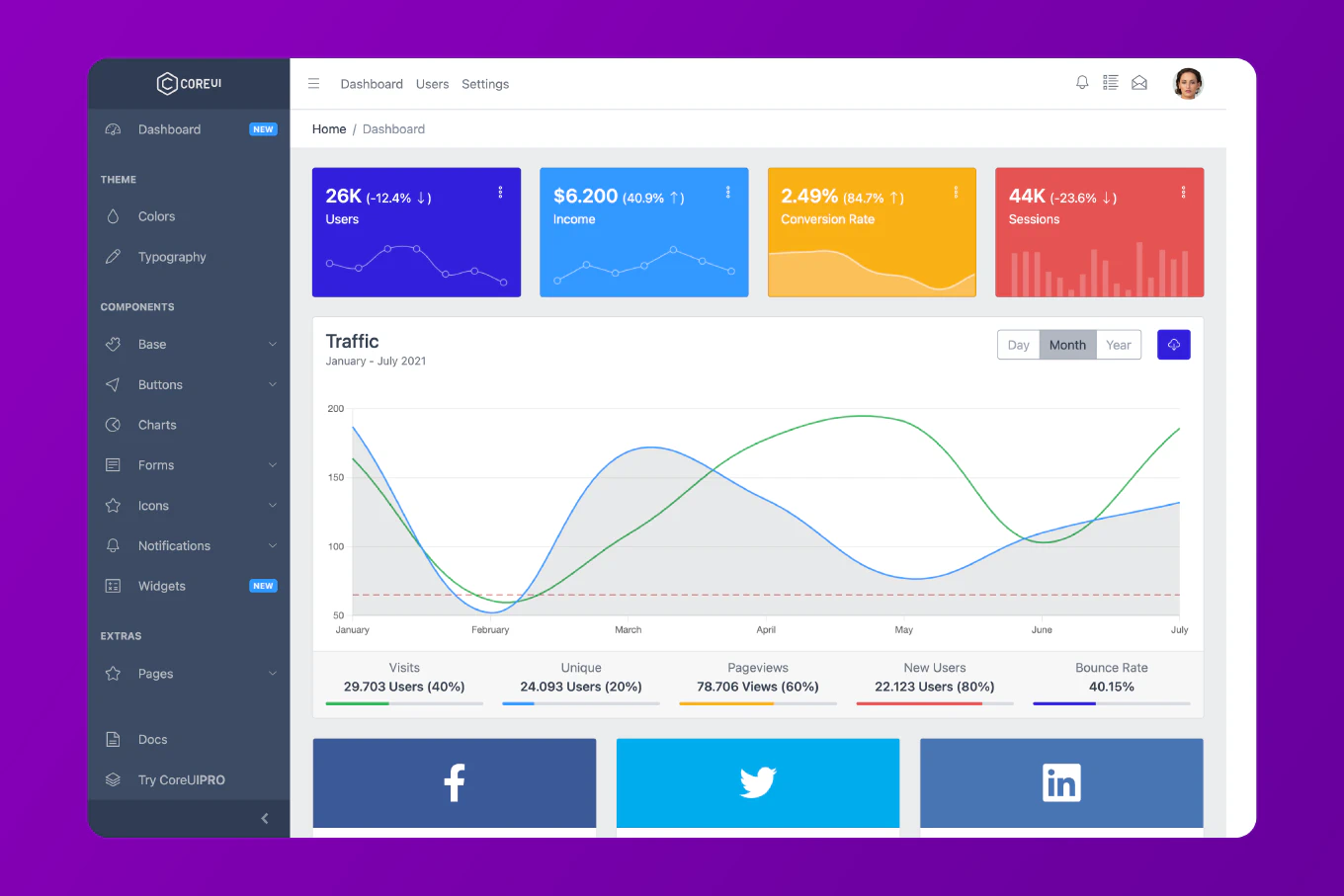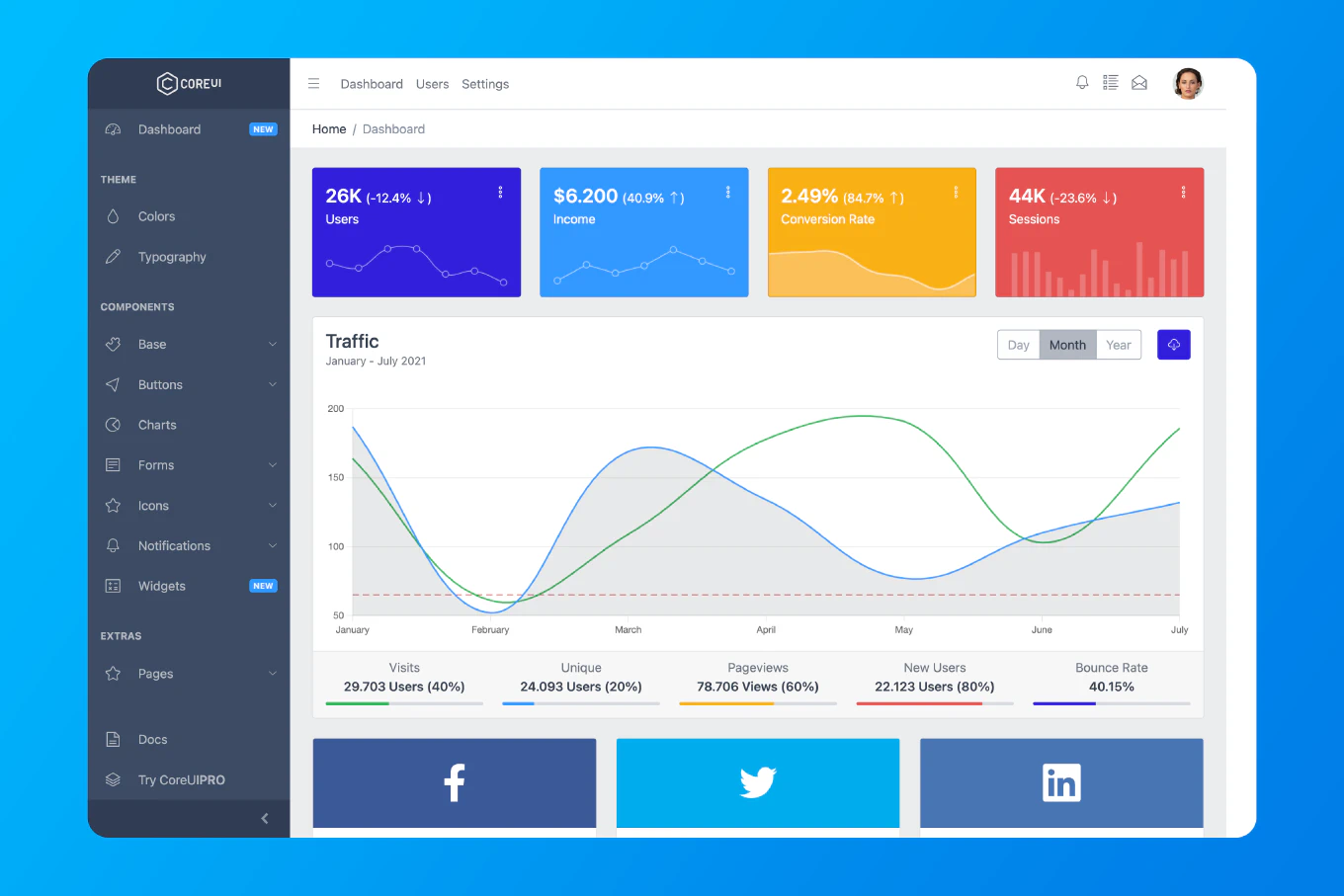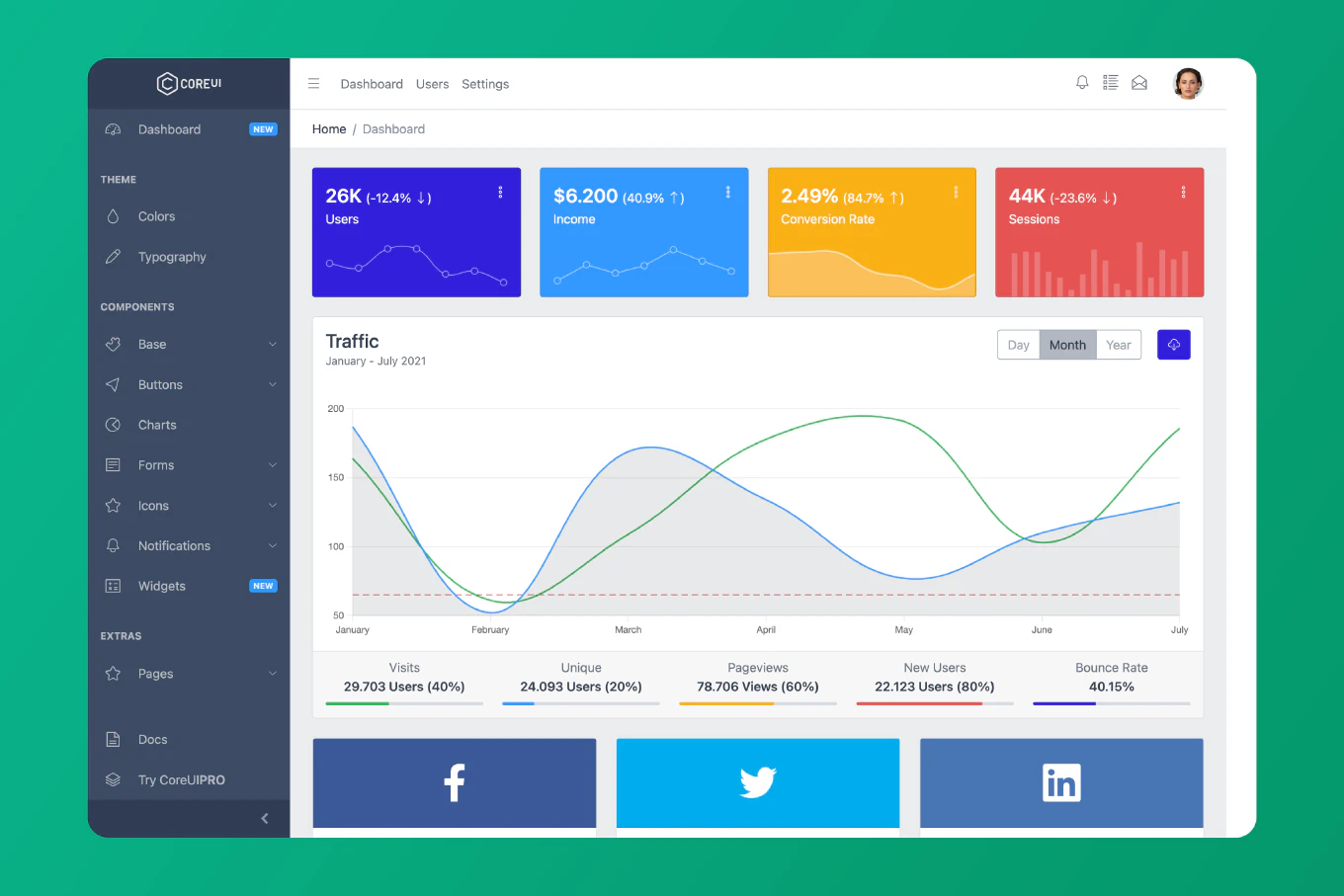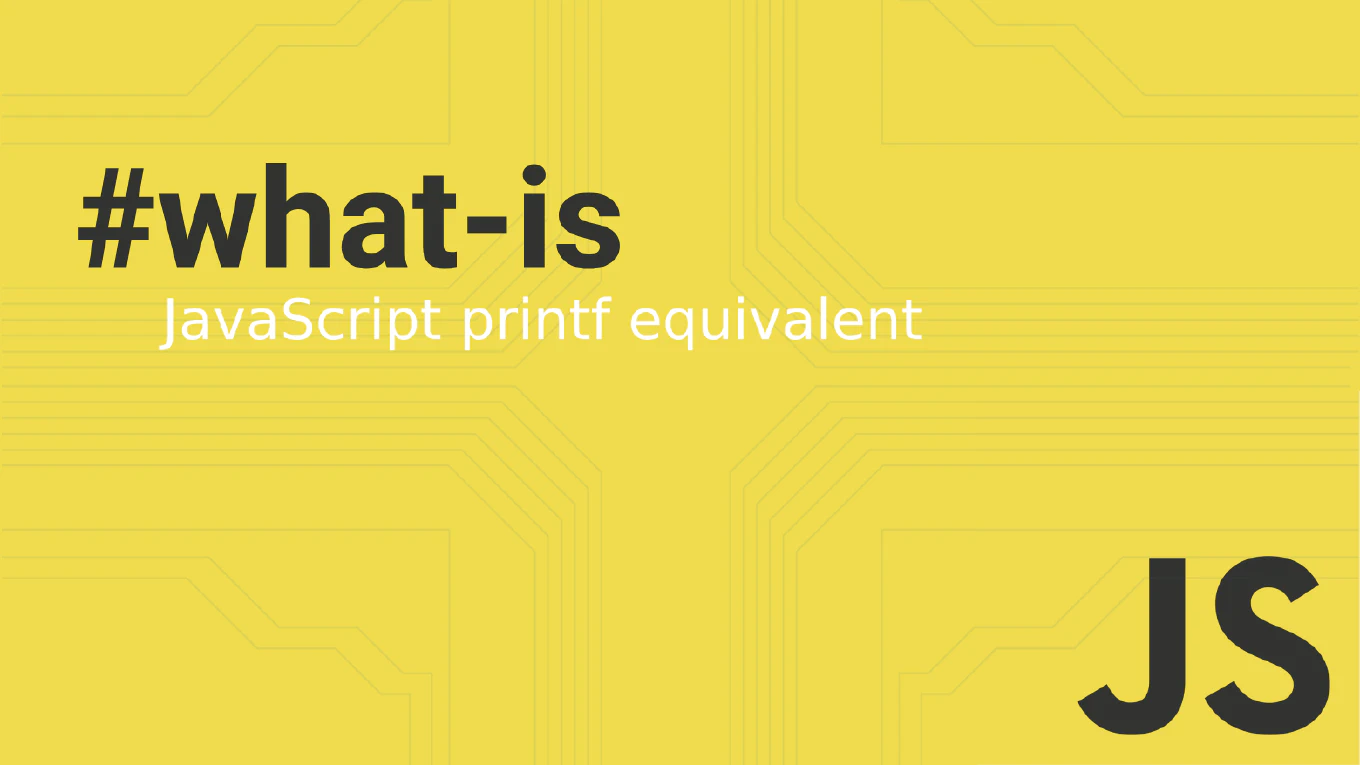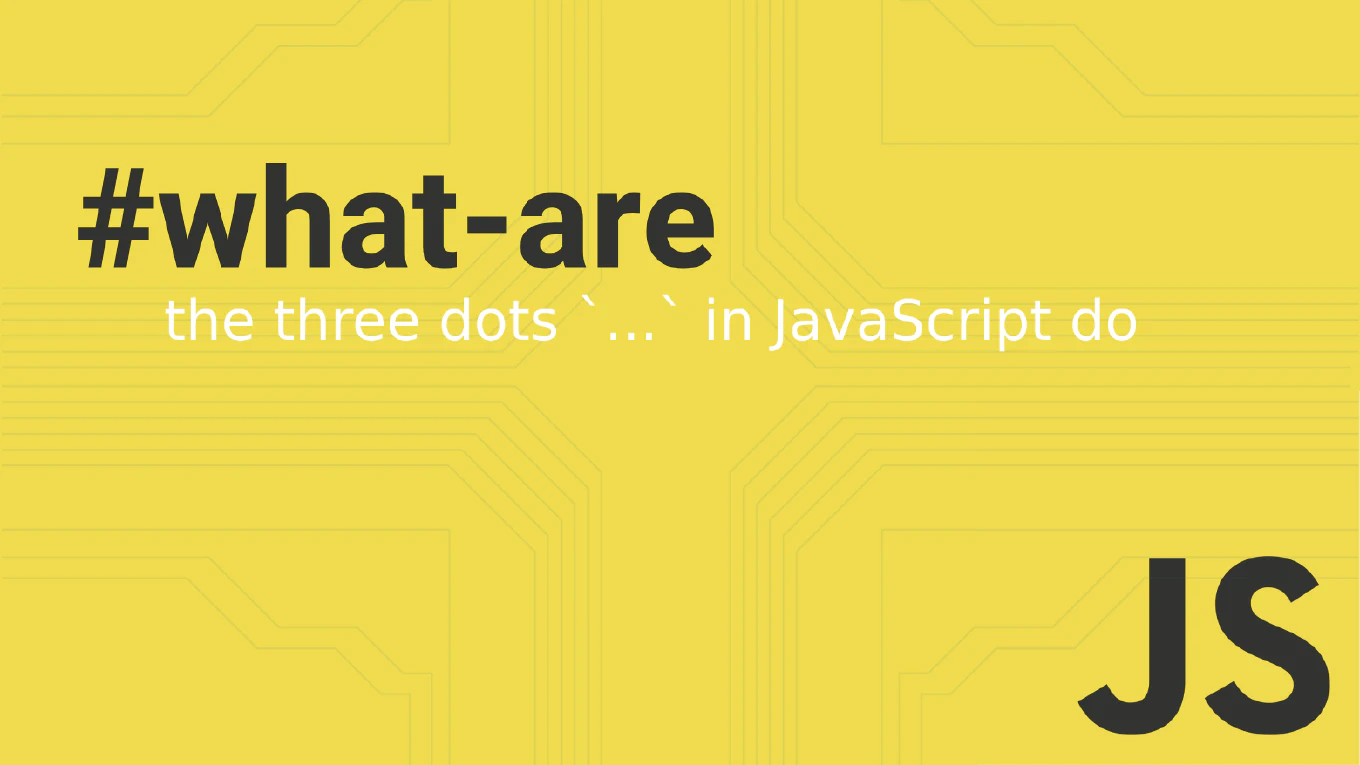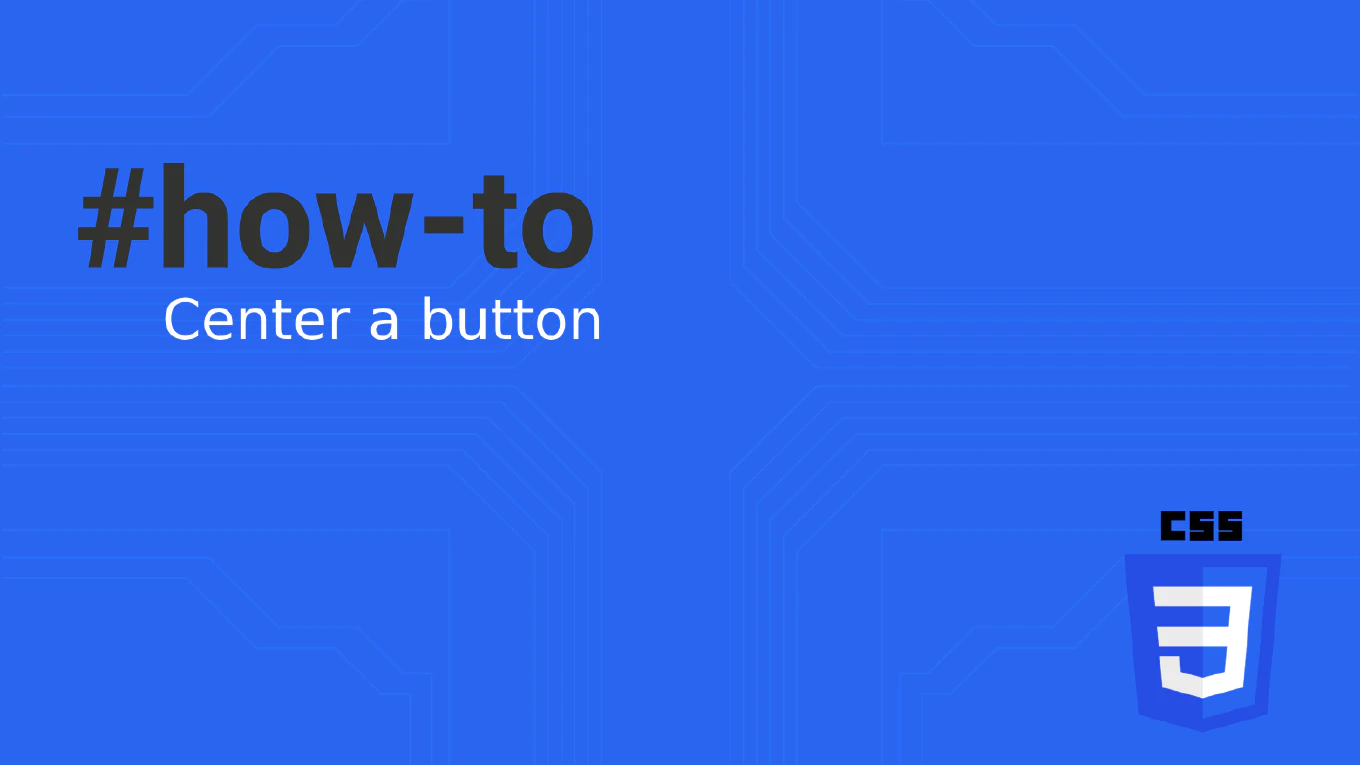How to Fix “Sass @import Rules Are Deprecated and Will Be Removed in Dart Sass 3.0.0.”
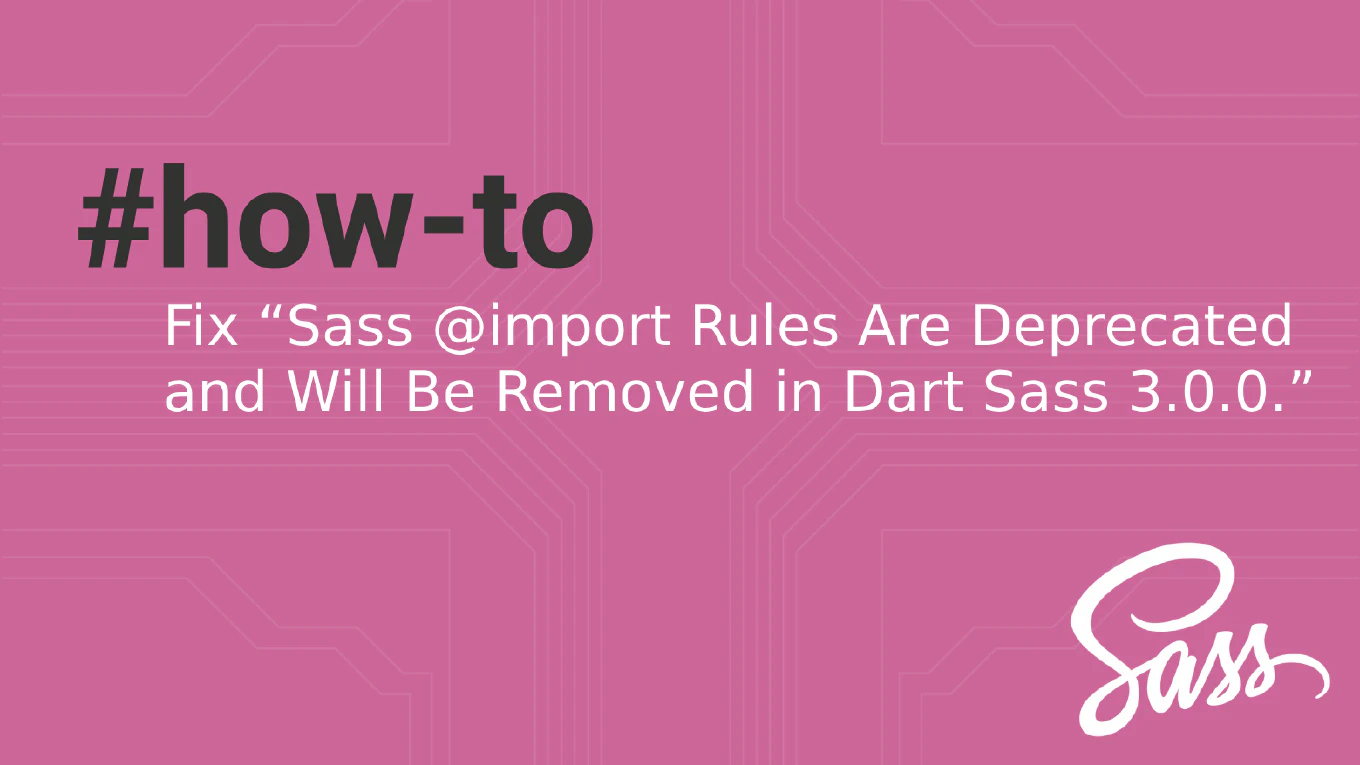
For years, the @import rule has been the go-to approach for handling modular Sass code. However, the Sass team announced the deprecation of @import in favor of the newer module system. If your build process or existing codebase shows a warning—“Sass @import rules are deprecated and will be removed in Dart Sass 3.0.0.”—it’s time to switch to the recommended @use or @forward directives. In this post, you’ll learn why the Sass team introduced this change, the best practices for migrating your code, and how to ensure your workflow remains smooth and maintainable.
Speed up your responsive apps and websites with fully-featured, ready-to-use open-source admin panel templates—free to use and built for efficiency.
Why Sass Is Deprecating @import
The @import rule has several limitations:
- Scoping issues: Variables and mixins from different files can inadvertently pollute each other’s namespaces, making large projects harder to maintain.
- Duplicate imports: You often end up importing the same files multiple times, leading to a larger CSS output.
- Lack of clarity: It’s not always straightforward to see where a particular variable or mixin is coming from, which can confuse developers joining a project midstream.
To solve these challenges, the new Sass module system provides better namespacing, clearer dependency management, and more predictable behavior.
Migrating to the Sass Module System
The Sass module system revolves around two main directives: @use and @forward. Here’s how to get started:
-
Replace
@importwith@use:
The@usedirective includes a file as a module, preventing naming collisions by default. You can also add a namespace to your imports, which is a recommended best practice.// Old approach @import 'variables'; // New approach @use 'variables' as vars; body { margin: vars.$global-margin; }In this example, the
$global-marginvariable is now scoped inside thevarsnamespace, making it easy to track. -
Export with
@forward:
If you maintain a file that gathers multiple modules,@forwardcan re-export them. This approach keeps your primary file clean while still making the modules available to other parts of your application:// internal-variables.scss $header-color: #333; $font-size-default: 16px; // all.scss @forward 'internal-variables'; // main.scss @use 'all' as theme; header { color: theme.$header-color; font-size: theme.$font-size-default; }The
@forwarddirective re-exports everything frominternal-variables.scssso that it is accessible through theall.scssmodule. -
Use partials effectively:
In Sass, partial files (e.g.,_mixins.scss) help keep your code organized. With the new system, continue structuring your code into partials, but switch to@useand@forwardin those partials instead of@import. -
Clean up old imports:
Once you’ve updated your module references, remove any remaining@importrules. Each@importleft behind can generate warnings or cause confusion among contributors.
Best Practices for a Smooth Transition
- Audit your codebase: Identify all the
@importstatements and classify them based on whether they define or consume variables, mixins, or functions. - Adopt clear naming conventions: Assign consistent namespaces when using
@use—for instance,@use 'buttons' as btn;—to keep your code readable. - Leverage dependency tools: If you’re working in a large team or using a complex build chain, rely on automated tools like linters (e.g.,
stylelintorscss-lint) to catch any outdated code. - Check UI frameworks: Libraries and frameworks such as CoreUI provide examples of well-structured Sass files. Reviewing how they organize modules can inspire improvements in your own workflow.
Case Study: Migrating a Legacy Project
Imagine a legacy project with multiple @import statements scattered throughout. After auditing, you create a main theme.scss file that centralizes all essential Sass resources. The next steps are:
- Create or update partials, converting them to the module system.
- Use
@use 'partials/_colors' as clr;,@use 'partials/_typography' as typo;, etc. - For shared files,
@forwardthem through an index file, so other files only reference that single index. - Remove old
@importlines.
By the end of this process, you’ll have a cleaner, more maintainable codebase that is fully compatible with future Sass updates.
Summary
Switching from @import to the new Sass module system might seem daunting initially, but it significantly improves the maintainability and clarity of your code. The updated approach separates concerns more effectively, reduces the risk of naming collisions, and helps you avoid redundant imports. As a developer, you benefit from a more modular structure, clearer naming, and a project that’s ready for Dart Sass 3.0.0 and beyond.
Next Steps
- Explore the official Sass documentation for more examples and deeper insights into
@useand@forward. - Review how UI frameworks like CoreUI structure their Sass for real-world best practices.
- Consider automated tools like
stylelintorscss-lintto help enforce modern Sass guidelines. - Stay updated on upcoming Sass releases and keep adjusting your build pipeline as features evolve.
By following these steps and leveraging the module system, you’ll not only resolve the deprecation warning, but you’ll also create a more scalable and maintainable Sass codebase for your applications.
